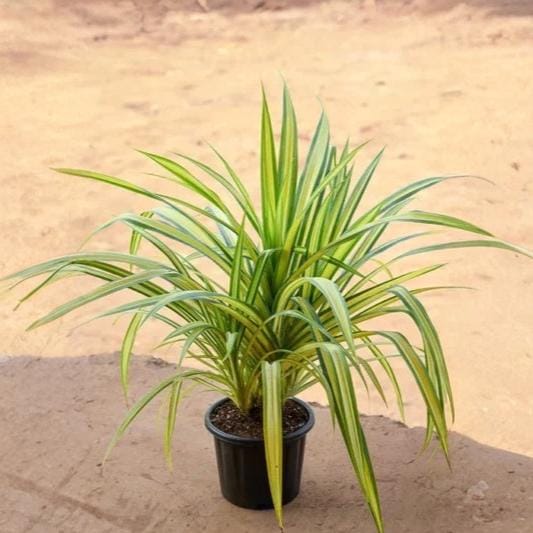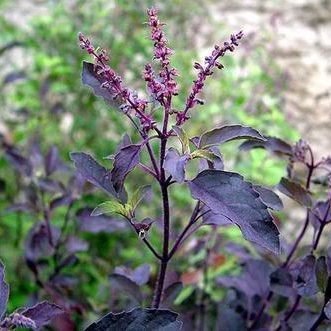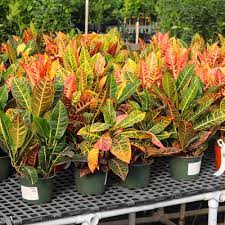

petra plant
₹199.00 Original price was: ₹199.00.₹149.00Current price is: ₹149.00.
Details:
The Coleus Petra is a fantastic, low-maintenance plant that adds bold color and texture to any indoor or outdoor garden. Its vibrant, multicolored foliage makes it an excellent choice for beds, containers, hanging baskets, or as a border plant. It’s easy to care for and can thrive in a range of conditions, provided it receives adequate light, warmth, and moisture. Whether you’re a seasoned gardener or a beginner, Coleus Petra is a beautiful and rewarding plant to grow.
Description
The Petra plant, commonly known as Coleus Petra or Coleus x hybridus, is a colorful, ornamental plant widely used for its vibrant foliage. It belongs to the Lamiaceae (mint) family, and its striking appearance makes it popular for both indoor and outdoor gardens. Here’s a detailed description of the Coleus Petra plant:
Scientific Name:
- Coleus x hybridus (often referred to as Coleus Petra)
Common Names:
- Coleus Petra
- Petra Coleus
Appearance:
- Leaves: The leaves of the Coleus Petra are its most distinguishing feature. The plant has broad, ovate leaves that are typically a mix of deep green, yellow, and reddish-burgundy hues. The margins of the leaves can have contrasting colors, creating a dramatic effect. The colors may intensify in bright light, making it stand out even more.
- Size: Petra typically grows as a compact, bushy plant. It can reach a height of about 12 to 18 inches (30 to 45 cm) and spread around 18 to 24 inches (45 to 60 cm). This size makes it an excellent choice for garden borders, containers, hanging baskets, or as an indoor accent plant.
- Flowers: While the flowers are often not the primary feature of Coleus Petra, it can produce small, spike-like clusters of blue, purple, or white flowers during the summer. However, these flowers are typically removed to maintain the plant’s compact shape and encourage further leaf growth.
Growing Conditions:
- Light: Petra thrives in bright, indirect light. It can tolerate some direct sunlight, but too much direct sun may cause the colors of the leaves to fade. The plant can also adapt to low light, though the color intensity will not be as vibrant. If grown indoors, a spot with bright, filtered light is ideal.
- Temperature: As a tropical plant, Petra prefers warm conditions and is sensitive to cold. It thrives in temperatures between 65°F to 85°F (18°C to 29°C). It cannot tolerate frost and should be moved indoors during the cooler months in regions with cold winters.
- Soil: The plant prefers well-draining, fertile soil. A general-purpose potting mix with good drainage is ideal. Adding some perlite or sand can help ensure the soil doesn’t retain excess moisture.
- Humidity: Petra enjoys moderate to high humidity. If grown indoors, it may benefit from a humidity tray, frequent misting, or placement in a more humid area such as a bathroom or kitchen. In dry conditions, the leaves may curl or brown at the edges.
Care:
- Watering: Petra likes consistently moist soil but does not like to sit in water. Water the plant regularly, allowing the top inch or so of soil to dry out between waterings. Be careful not to overwater, as the roots can rot in soggy soil. In winter, reduce watering as the plant’s growth slows down.
- Fertilizing: Feed Petra with a balanced, liquid fertilizer once a month during the growing season (spring through summer) to encourage healthy growth and vibrant foliage. Avoid over-fertilizing, as it can lead to leggy growth. In fall and winter, you can reduce the frequency of fertilization.
- Pruning: Regular pruning helps maintain the shape and bushiness of the plant. Pinch back the tips of the stems to encourage branching and a fuller appearance. You can also remove any flowers that appear to direct the plant’s energy toward leaf production. Cutting back leggy growth will keep the plant compact and attractive.
Pests and Problems:
- Pests: Petra can be susceptible to common houseplant pests such as aphids, mealybugs, and whiteflies. Regularly check the undersides of leaves for any signs of infestation. If pests are found, treat with insecticidal soap or neem oil.
- Diseases: Overwatering or poor drainage can lead to fungal diseases like root rot or powdery mildew. Ensure that the plant has proper drainage, and avoid letting it sit in water for extended periods. Also, avoid overcrowding plants, as good air circulation can help prevent fungal issues.
Toxicity:
Coleus Petra is generally non-toxic to humans and pets, making it a safe choice for homes with children and animals.




Reviews
Clear filtersThere are no reviews yet.